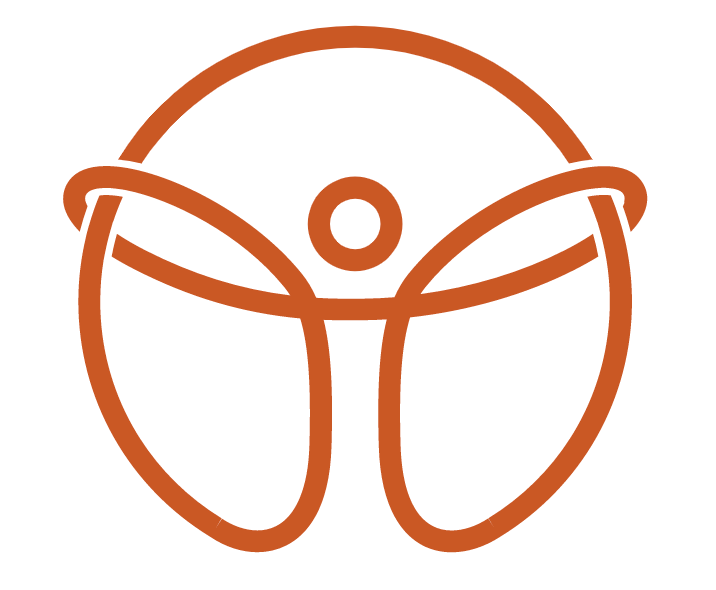Muscle or Heart? Decoding Chest Pain with Modern Tools and Manual Care
When a patient experiences chest pain, alarm bells often go off—understandably so. The chest houses some of the body’s most vital structures, including the heart and lungs. While many causes of chest pain are musculoskeletal and treatable with conservative care, it’s critical to first rule out cardiac and respiratory causes—conditions that may require emergency or medical intervention.
At MVMT STL, we take this responsibility seriously. That’s why we’re excited to introduce a new diagnostic tool in our office: the Eko Health Digital Stethoscope with built-in ECG. This allows us to better assess heart and lung sounds, evaluate for abnormal rhythms, and decide when additional referral is warranted.
Once life-threatening conditions are excluded, several musculoskeletal culprits remain on the table—each requiring a careful, hands-on evaluation to distinguish.
Common Musculoskeletal Causes of Chest Pain
1. Intercostal Muscle Strain
These small muscles between the ribs can be overstretched from sudden twisting, coughing, or heavy lifting. Pain is sharp, typically one-sided, and aggravated by breathing or certain movements.
2. Costochondritis
This is inflammation where the ribs meet the sternum (the costosternal junction). It can mimic heart attack symptoms but is usually localized, tender to touch, and not associated with exertion like true cardiac pain.
3. Pectoralis Major or Minor Strain
Often seen in weightlifters, overhead athletes, or postural overload, this strain presents as a deep, dull ache or sharp pulling pain in the chest or front shoulder. It may refer into the arm and resemble nerve pain.
4. Tietze Syndrome
Less common than costochondritis, Tietze involves swelling at the costosternal cartilage—usually at a single rib junction—and is more visibly inflamed. It’s sometimes mistaken for infection or even a tumor without proper evaluation.
5. Thoracic Outlet Syndrome (TOS)
Compression of nerves or blood vessels between the neck and first rib can create chest discomfort, numbness, tingling down the arm, and vascular symptoms. It’s often posture-related and can mimic cardiovascular pathology.
A Precise Evaluation Matters
Because the symptoms of these conditions often overlap with more serious issues like heart attack, angina, pulmonary embolism, or pleurisy, our first priority is to rule out non-musculoskeletal causes. This is where tools like our Eko ECG-enabled stethoscope come into play—helping us screen for irregular heart sounds or rhythm changes that may require referral.
Chiropractic Management of Musculoskeletal Chest Pain
Once we’ve identified the issue as musculoskeletal in nature, we begin a customized, hands-on treatment plan to reduce pain and restore function. This may include:
Active Release Technique (ART): To release tension in intercostals, pectorals, and scalene muscles that can entrap nerves or restrict rib motion.
Dry Needling: Targeted to hypertonic or tender muscle points to relieve spasm and promote healing.
Rehabilitative Exercise: Focused on posture correction, breathing mechanics, and strengthening surrounding musculature.
Kinesiotaping: To support ribs or strained tissues while allowing for active movement.
Spinal and Rib Manipulation: When joint restriction in the thoracic spine or costovertebral joints contributes to symptoms, safe and specific manipulation can restore motion and decrease pain.
Final Thoughts
Chest pain is no joke—but not all chest pain is a heart attack. As chiropractors trained in differential diagnosis, we’re uniquely equipped to determine whether your pain is musculoskeletal and to deliver precise treatment to address it at the source. And with technology like the Eko digital stethoscope, we’ve added another layer of safety and certainty to our evaluations.
If you’ve been living with unresolved chest pain, let’s talk. We’ll get to the root of it—together.

